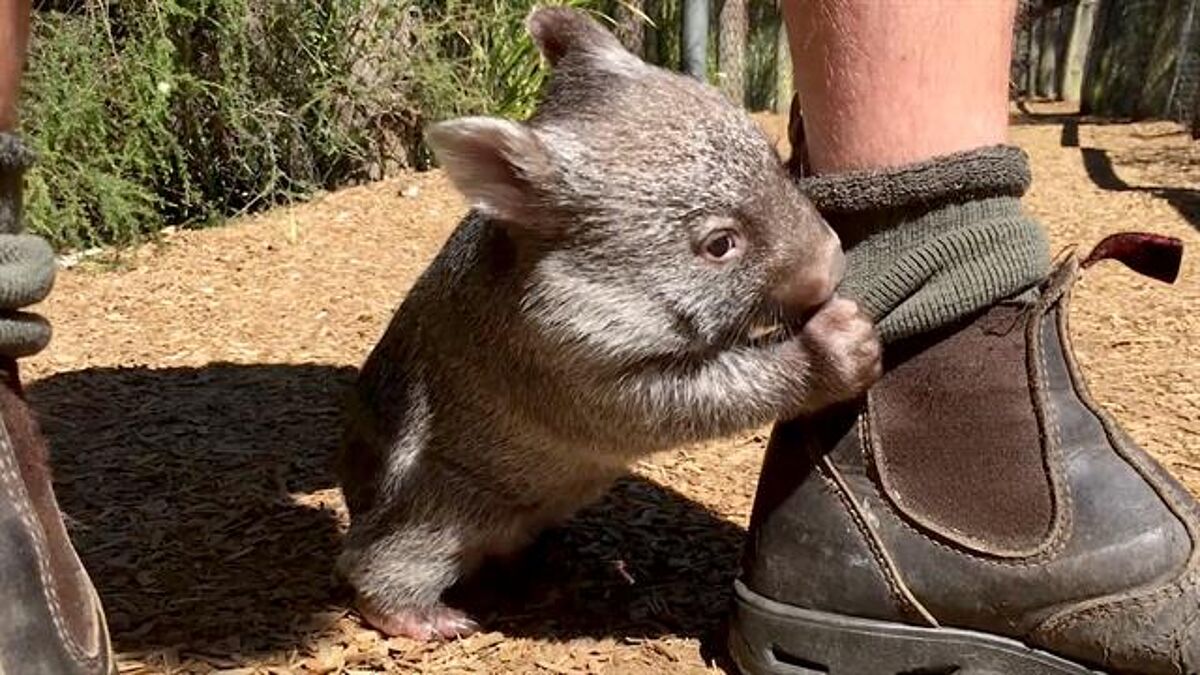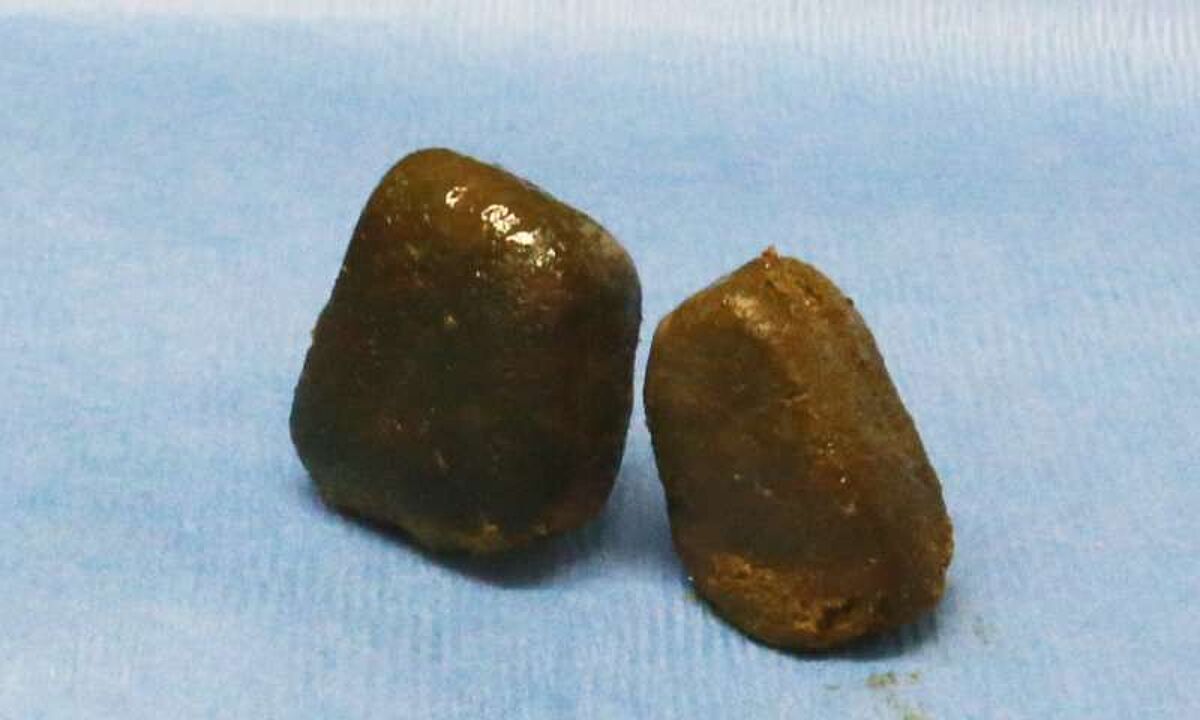Scientists explain how wombats drop cubed poop
Yang studies the hydrodynamics of fluids, including blood, processed food and urine, in the bodies of animals. She was curious how the differences in wombats' digestive processes and soft tissue structures might explain their oddly shaped scat. "The first thing that drove me to this is that I have never seen anything this weird in biology. That was a mystery," said Yang. "I didn't even believe it was true at the beginning. I Googled it and saw a lot about cube-shaped wombat poop, but I was skeptical."
Yang and her co-authors studied the digestive tracts of wombats that had been euthanized following motor vehicle collisions in Tasmania, Australia. Carver, the biologist and Australian counterpart to the group of American mechanical engineers, supplied the wombat intestinal specimens. Near the end of the intestine, they found that feces changed from liquidlike states to solid states made up of small, separated cubes. The group concluded that the varying elastic properties of wombats' intestinal walls allowed for the cube formation. In the built world, cubic structures—sugar cubes, sculptures, and architectural features—are common, and produced by injection molding or extrusion. Cubes, however, are rare in the natural world. Currently, wombats are the only known species capable of producing cubes organically. "We currently have only two methods to manufacture cubes: We mold it, or we cut it. Now we have this third method," Yang said. "It would be a cool method to apply to the manufacturing process—how to make a cube with soft tissue instead of just molding it."
So, why do wombats poop cubes? Wombats pile their feces to mark their home ranges and communicate with one another through scent. They pile their feces in prominent places (e.g., next to burrows, or on logs, rocks and small raises) because they have poor eye sight. The higher and more prominently placed the pile of feces, the more visually distinctive it is to attract other wombats to smell and engage in communication. Therefore, it is important that their droppings do not roll away, and cube-shaped poop solves this problem.
Yang hopes that the group's research on wombats will contribute to current understandings of soft tissue transportation, or how the gut moves. She also emphasized that the group's research involved mechanical engineering and biology, and their findings are valuable to both fields. "We can learn from wombats and hopefully apply this novel method to our manufacturing process," Yang said. "We can understand how to move this stuff in a very efficient way."
This article appeared first in phys.org


